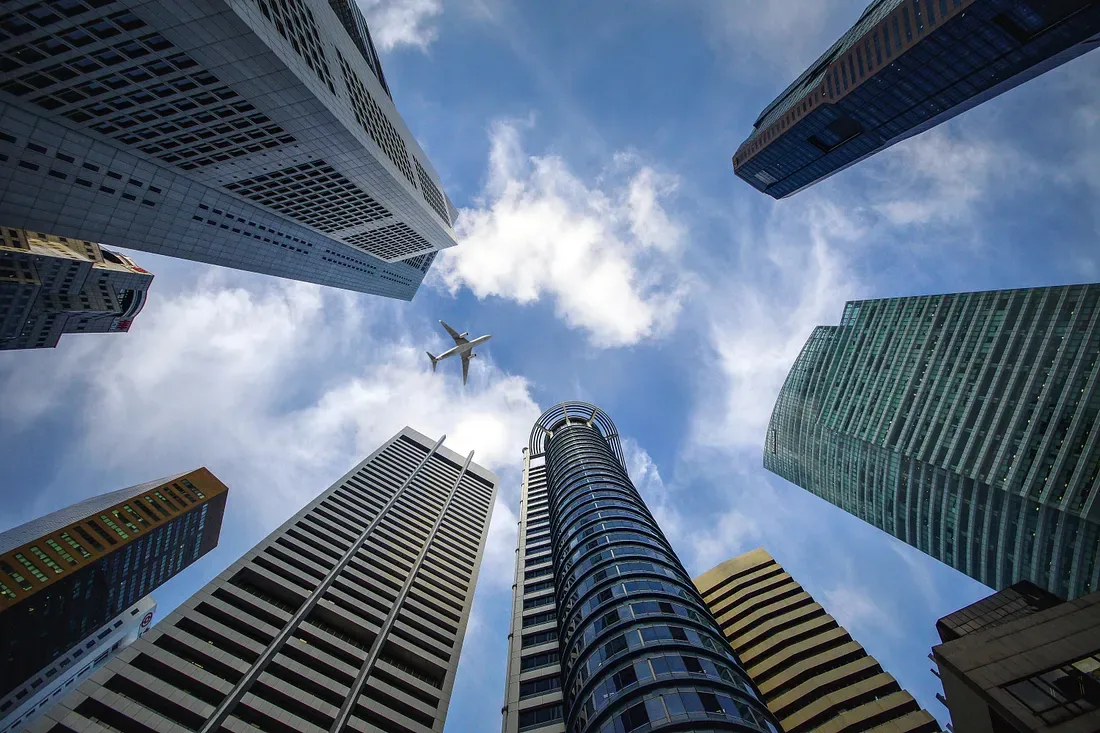Ever wondered what ECBC (Energy Conservation Building Code) is, which is recently circulating in the news, just in case ;)
As the chances are rare, here we cover it and why it is to play a prominent role in the way we consume energy in our buildings.
Buildings consume a lot of energy, on average 15 units per s.ft per year in an air-cooled space. It means that when you have a space of 10,000s.ft, you would consume 150,000 units per year on average. This also means around 130,000 kg of CO2 emitted (this is in India, excluding the cases of being powered by renewable).
That is a huge emission, isn’t it? About 29% of emissions are being contributed by the buildings. If you are still not convinced about buildings emitting CO2, here’s a read.
So there has to be some control over the way we operate buildings. And hence the Energy Conservation Building Code, ECBC.
ECBC was proposed to control the wastage in energy consumption due to lower standards of usage. Imagine sitting in the rain outside but having a bonfire. Such a waste, right?
But in the construction and maintenance of buildings, things may not be as obvious as above. We do know there is always a cost factor involved when a purchase decision is made. And the quite-obvious thing in most businesses is to go for cheaper means. What happens with this is you get a product of lesser quality even though you could post some higher margin at the end.
What’s happening with the buildings apart from the above is that you are contributing to an extra 40% energy usage and a huge carbon footprint by adopting such lower product qualities or resisting replacing older ones.
So, BEE proposed ECBC so that such measures can be brought under control without affecting the environment. And this is not new. Many European countries have been following such measures to reduce waste of energy and protect the environment.
So what exactly does ECBC calculate and consider?
The Government of India has announced its plan to make 100 smart cities in India. It was also proposed to make such cities Green under IGBC (Indian Green Building Council). IGBC along with BEE has studied the best ways of operating a building with reduced energy usage and is environment-friendly.

Energy consumption per s.ft:
150 units/s.ft per year should just be fine. How do you calculate it for your space?
EPI (Energy Performance Index) =
Annual energy consumption (kWh) /Total Built-up area(excluding unconditioned basements)
Daylight availability:
At least 40% daylight in the space. The % prescribed varies on the type of building and the operation carried out inside as well.
Roof and flooring material used:
Here, they look at the band of windows and the material you used for roofing and flooring. Window-Wall ratio (WWR), and roof U-factor (W/m²K) are some of the factors calculated.
Ventilation in the space:
Ventilation in the space can be provided naturally or through air-conditioning.
The indoor operative temperature is calculated using = a*Outdoor Temp. + b
Here a & b are constants that vary depending on whether it is naturally ventilated or air-conditioned.
There are a lot more factors than the above which include the night pollution effect, air-conditioning load per s.ft (TR/s.ft), landscaping. It usually considers the above but varies from different DISCOMs (electricity distributors based on the region) and governments depending on their agenda.

